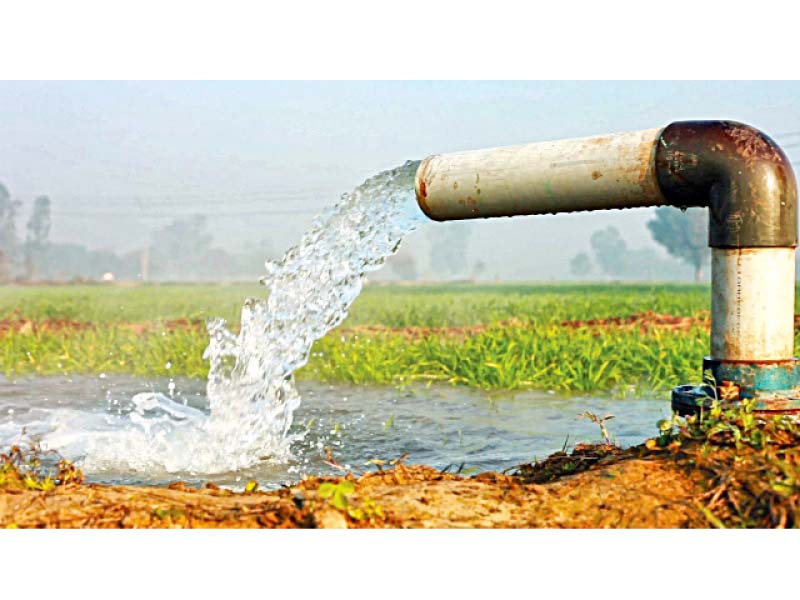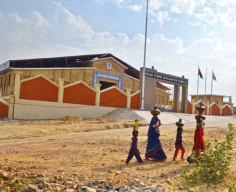
This was said by Agricultural Information Assistant Director Naveed Asmat Kahloon while speaking to The Express Tribune.
While sharing details, he said at least 40% water losses had been reported due to poor maintenance and dilapidated condition of irrigation system in the province. He said channel comprises of about 58,000 watercourses which irrigate 37.46 million acres of land. “This is resulting in severe shortage of irrigation supplies at farm level that is being further aggravated due to escalating pressure on agriculture because of rapidly increasing population,” he added.
Naveed said seepage, spillage and side leakage resulting from irregular profile and zigzag alignment of banks were the major reasons of water loss. In addition, he said silt deposition, causing restrictions in flows and overtopping, shrubs, vegetation and trees growing in way of watercourses, varying cross sections of the conveyance channel, frequent bank cuttings and plugging for water diversion and damage caused by rodents and animals also result in loss of water.
The solution
He emphasised these losses could be minimised by adopting watercourse improvement procedure which consists of complete demolishing of community channel and its rebuilding/re-aligning according to the engineering design to increase conveyance efficiency by reducing seepage, evaporation and operational losses.
He maintained since inception of On Farm Water Management Programme, at least 44,000 watercourses had been remodeled and reconstructed according to engineering design in the canal commanded areas of Punjab.
The assistant director pointed out, “The intervention has generated significant economic, financial, social and environmental benefits.” He said the strategy has been widely accepted by the farmers, planners and policy makers at national as well as international level.
He further said different impacts of evaluation studies of watercourse improvement programme had been carried out by various organisations/institutions. The findings of these assessments revealed that the scheme was highly cost effective for improving farm gate water availability. He said, “The government is providing entire cost of construction materials, besides providing technical guidance while the farmers are required to contribute entire labour costs for improvement of the watercourses.
Published in The Express Tribune, December 2nd, 2016.




























1713853507-0/MalalaHilary-(2)1713853507-0-270x192.webp)








COMMENTS
Comments are moderated and generally will be posted if they are on-topic and not abusive.
For more information, please see our Comments FAQ